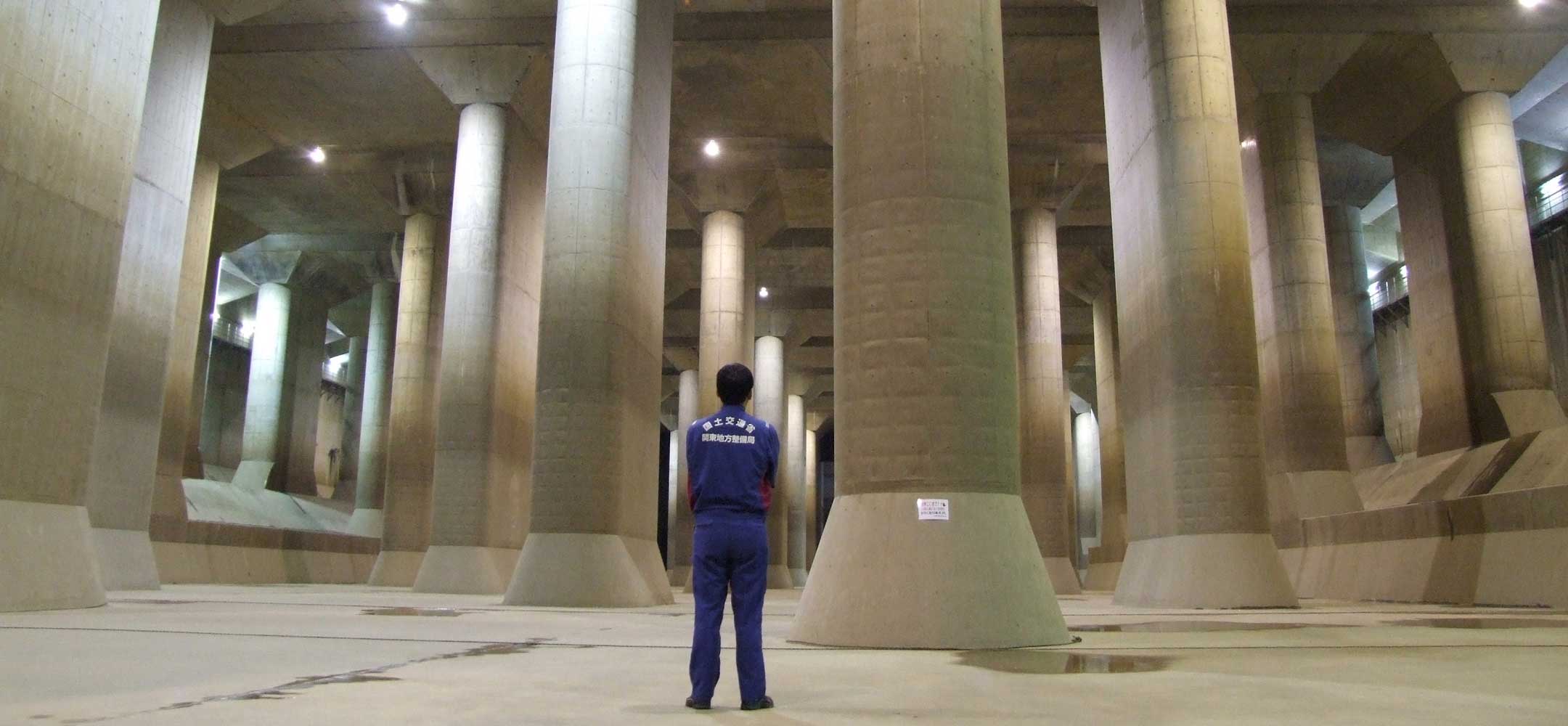Now the question is how could we pay for this?
A network of eight massive storm water tunnels that drain upstream of and into the Houston Ship Channel could be the key to alleviating flooding in Harris County, flood control engineers announced this week. The scheme looks at how storm water management has traditionally worked here and re-imagines, at a steep cost, how the system could be drastically expanded.
The Harris County Flood Control District, formed in 1937, has long dealt with flooding in two ways: Engineers built channels to move water away and dug detention ponds to store it temporarily. But those methods are increasingly challenging to implement, they say, because so much of the area has been developed. Texas prairie is covered with asphalt, concrete and buildings.
Climate change is also broadening the scale of what the region faces: Rains are likely to be more intense. Hurricanes are likely to be stronger.
And so Flood Control staff for several years studied how tunnels might work to lessen the storm water buildup that accompanies heavy rainfall. On Thursday, the agency released its findings in a detailed report that explains why a $30-billion, 130-mile network of tunnels could be worth the investment. The team says it has more research to do before committing to the idea fully, but the concept checks out so far.
“We have determined that a large-diameter underground tunnel system would significantly reduce flood risk and the number of instances of flooding,” said Scott Elmer, assistant director of operations for the flood control district. “And, as we consider expanding our current flood damage reduction toolkit by investing in a tunnel system, we would gain an additional tool to use in the many areas of our county where the land is densely populated.”
A question ahead is whether people here will support it. Residents and advocates recently called for consideration of a tunnel below Buffalo Bayou instead of a vehemently-opposed federal proposal to dig the bayou deeper and wider. The flood control district’s proposal, of course, takes the tunnel idea much further, marking a shift toward massive, costly solutions that could protect Houston better from worsening weather. It raises familiar issues of risk and environmental harm. It highlights the same complexities of how planners prioritize who to help.
A case in point is the project plan finished last year and making its way through Congress that would create the so-called Ike Dike, featuring a series of towering gates that would cross the mouth of Galveston Bay to defend against hurricane storm surges. Advocates in that case lament the lack of attention to nature-based solutions and the reliance on a band-aid fix to the real issue of human-fueled climate change.
Both the Ike Dike and the tunnel system would require some federal funding and take years to build.
See here for some background, and go read the rest, there’s a lot more to the story. I will note that Austin and San Antonio have similar albeit much smaller tunnels, so this concept is not new or untested. Paying for this would be a challenge – look how long it’s taken to get federal funding for the Ike Dike, which is still not yet assured – and as with the Ike Dike there are questions about how long it would take to build this, what its environmental effects might be, and what other things we can and should be doing right now regardless of whether this thing eventually happens. (For a discussion of that in re: the Ike Dike, listen to this recent CityCast Houston episode.) I’m intrigued by this idea, I think it has promise, but we all need to hear more, and we don’t have a lot of time to spare. Whatever we do, let’s get moving on it.

